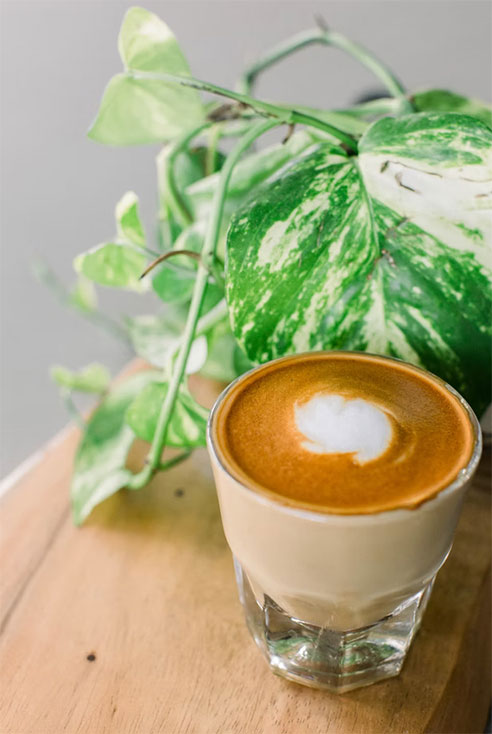Five Spanish coffees, for real locals

A quick look at Spanish Coffee Culture.
The most common coffee in Spain is espresso, and the drinks based on it. Spaniards love coffee, which is an important part of their daily lives, and have developed their own, distinct coffee culture, which differs in many ways from the coffee cultures of other countries.
One of the elements that made Spanish coffee really special, was the special way of roasting, known as torrefacto. The coffee beans were roasted very intensely, with the addition of sugar, which led to a very dark roast, with strong notes of smoke, caramel and a predominance of bitter taste. Although torrefacto beans can still be found in small coffee shops or traditional cafes, most cafes use large Spanish brands of espresso or even brands from abroad, which roast the beans according to current standards.
What does not change in Spain is the social dimension of coffee. Open-hearted, social and Mediterranean, Spaniards have inextricably linked coffee with their daily lives, friendly meetings and carefree, just like in most countries. Cafes, cafes and espresso bars are ubiquitous and Spaniards honor them throughout the day.
We leave aside Café Solo, the simple espresso, to get to know five coffees that are fully representative of the Spanish coffee culture.
 Five Spanish coffees, for real locals
Five Spanish coffees, for real locals
Café Con Leche: His name simply means "coffee with milk" and he is Cappuccino's Spanish cousin - and according to others, Latte. It is a single or double espresso served in a hearty cup, with a generous dose of milk, preferably plain. It is common for breakfast, although the Spaniards are not as strict as the Italians with their cappuccino and enjoy it throughout the day, with or without snacks. For Café Con Leche, strong blends are usually preferred, with a strong Robusta presence, which allow the taste of the coffee not to be "capped" by the milk.
Café Cortado: Cortado in Spanish means "cut", and it is an espresso that is "cut" with a little frothed milk, as the Italian macchiato is "marked". Lighter than plain espresso, heavier than Café Con Leche, Cortado is drunk throughout the day, at work breaks, meeting friends or even after lunch.
Café Con Hielo: Spain's summer coffee has something ... handmade! When ordering "coffee with ice", the waiter usually brings an espresso and a glass of ice cubes, so that the ice in the coffee can be added at will. Despite the wet and hot summers of the Iberian Peninsula, the Spanish coffee culture has not found a place for a coffee similar to our Freddo Espresso, with Café Con Hielo remaining the only iced alternative.
Café Bombon: It is not as common as other coffees, but it is a local specialty of Valencia that deserves its own, special mention. Café Bombon consists of espresso and condensed evaporated milk, in a ratio of 1: 1. It is served in a glass, so that the layers of the two ingredients are visible, and when mixed it gets a taste reminiscent of caramel - hence its name, which means "coffee - candy"
Carajillo: Just as the Italians "fix" their espresso with a grappa shot, ending up in the Espresso Corretto, so the Spaniards add a little brandy, rum or Licor 43 to their espresso, making a Carajillo. The history of this coffee is lost in the colonial past of Spain, as it is rumored that the Spanish soldiers preferred it in the overseas possessions, to get courage - coraje, in Spanish.
The Spaniards avoid "crunching" the cups of coffee, saying that it is a move that brings rudeness - but we, knowing their special coffees, will definitely say "Salud!".










